Have you seen Colin?
This week: Have you seen Colin?; More digging; Golden fields;
It’s Saturday afternoon again and another week has gone by in a bit of a blur.
Being high summer, I also find that I am taking things a little steady, although having said that with a day of light rain on Friday I made up time on a fantastic Saturday morning.
The sun was out but there was a strong, cool breeze coming of the Adriatic, which made moving stones in the orchard, even heavy stones a pleasure.
I’ve had several long walks and have been gathering some wild flower seeds along the paths as I went, so all in all, another productive week.
Have you seen Colin?
If you are reading this in the UK, you will immediately know who Colin is. He is brown, with a white face and is VERY bad for you.

Regular readers of this blog will know that I have had a rather nice caterpillar in my Greengage tree in the courtyard for a few weeks now.
My caterpillar, who I have called Calvin, continues to munch his way through the small tender leaves of the Prunus tree leaving some twigs leafless.
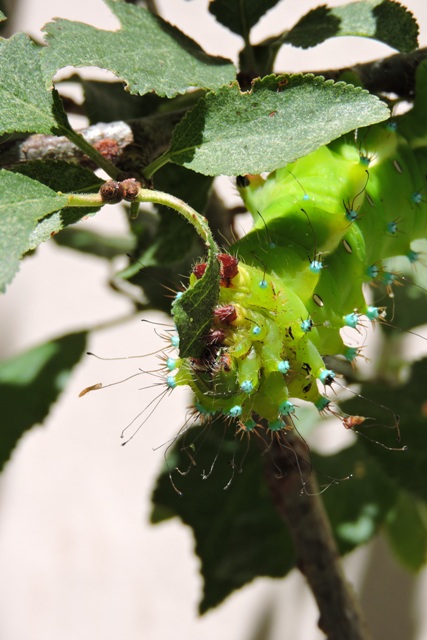
However the number missing are vastly outnumbered by the remaining leaves.
As Calvin eats his breakfast – it actually seems to be an all day breakfast – his girth is expanding. He is now 8 cm long and I haven’t attempted to measure his middle!

I have learned a few new things about caterpillars in general this week and about Giant Peacock Moth caterpillars in particular this week.
However I chanced on a YouTube video which shows the life from egg to moth, through mating to laying more eggs.
The video is 10 minutes long, but is worth watching.
What surprises me is that there is only one caterpillar on my tree.
So based on what I have learned, Calvin is in his last stage of being a caterpillar and will shortly change colour before spinning a mesh protective outer shell where he will spend the winter before emerging early next spring as a beautiful moth.

I think the colour change is starting because his beautiful green colour is a going little brown just behind his head.
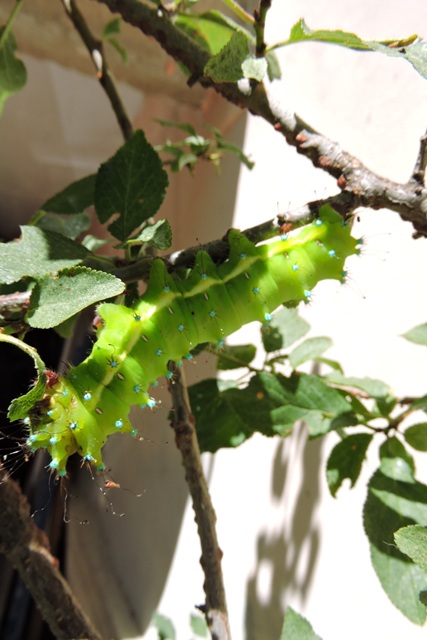
The Giant Peacock moths have not yet been assessed for the IUCN Red List.
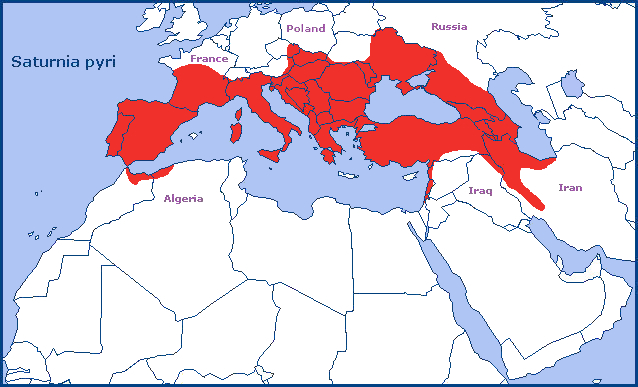
They have a wide distribution across the Mediterranean basin and it is thought that as climate breakdown continues, these beautiful moths may move further north.
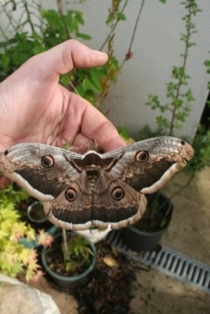
More digging
We are now in the time of year when building work is banned by the municipality, so the many tourists are not annoyed or offended.
This means I have been careful when I have started up my digger, so no one complains.
The wall around the embankment is almost complete, but has necessitated digging out another tree root.
This time it was a young Nettle Tree or Hackberry, Celtis australis, which despite only being five years old (from the rings), was a brute to remove.
The digger struggled to pull it out by the roots. No wonder it is a successful colonising species.
With the tree gone, I could dig out the loose, dry soil close to the path and then it was just a question of making a hardcore base and selecting the right stones to make the wall.
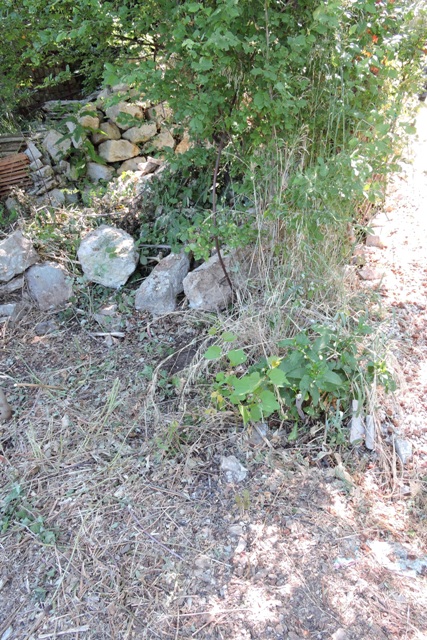
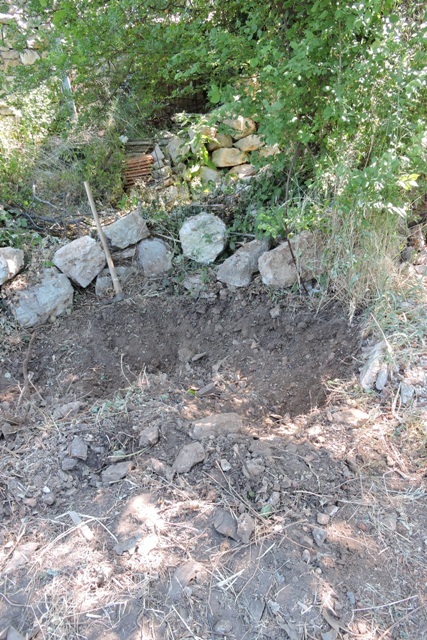
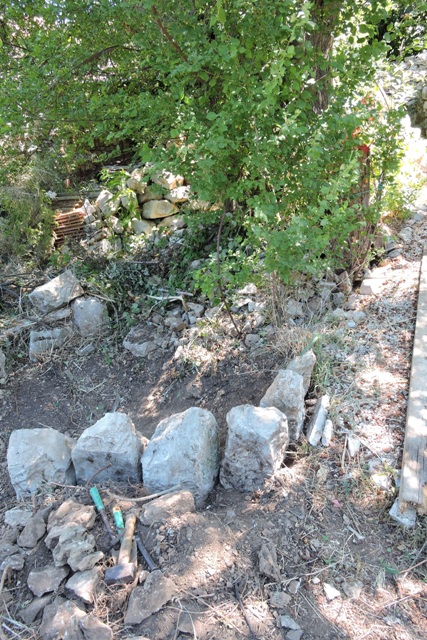
These are the bottom row of rockery stones and so far they are fitting together well.
I am now working back towards the row of stones which are already in place. The interesting bit will be finding and fitting the key stone which will join up the two lengths of wall.

Golden fields
My mornings start before 6 am with a trip to water an Olive tree which belongs to a neighbour, accompanied by the felines.
This tree has been relocated and is definitely not happy, so I apply liberal quantities of water and have my fingers crossed.
After a little play in the water, we all then head off through the olive groves, on a circular walk while the air is still relatively cool. The grass which was cut early in the spring is now a brown mass under foot.
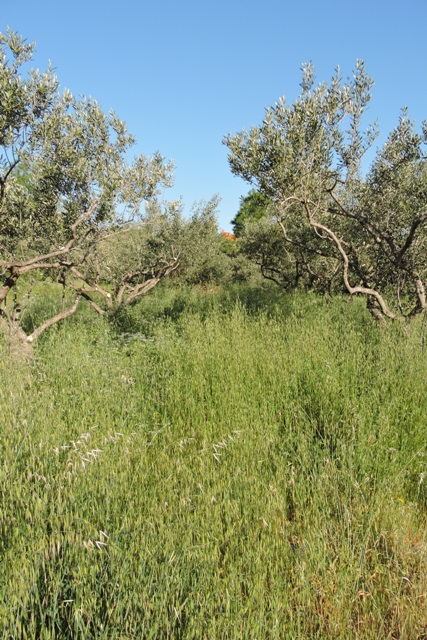
However there are plants which have developed long roots and are in flower at the moment.
One in particular is the Spanish Oyster Thistle, Scolymus hispanicus,
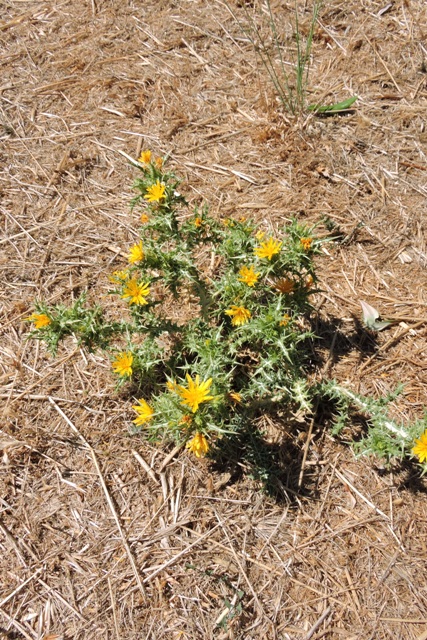
This plant has a fascinating history being mentioned by Pliny the Elder as a food plant, as a medicinal herb to treat stomach problems and as a diuretic treatment.
Today it is still used extensively in Spain with the roots, stem and leaves being cooked with meats. Leaves are eaten raw in salads and in the past the root has been ground and used as a coffee substitute.
Every part of the plant has its uses. The flowers, both fresh and dried, are used to curdle milk, as part of the cheese making process.
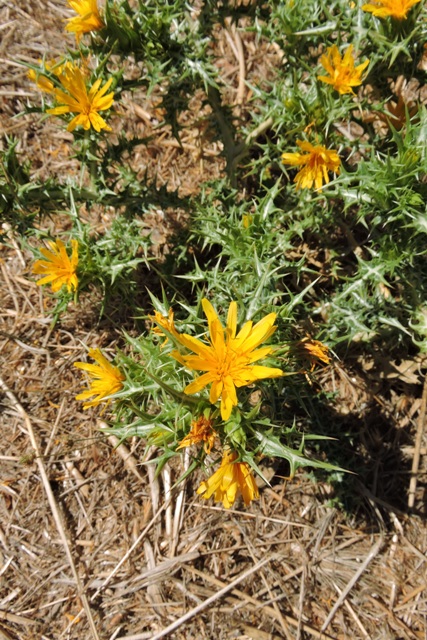
It grows and thrives in poor, dry land and disturbed soils, just the conditions around my home. NCG